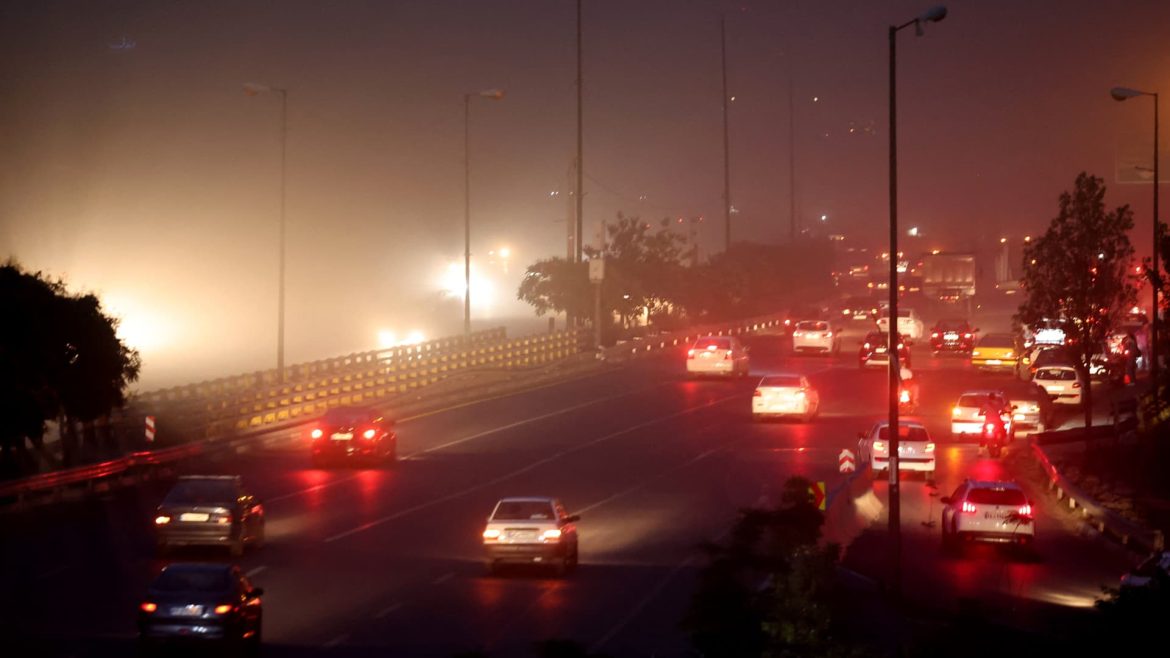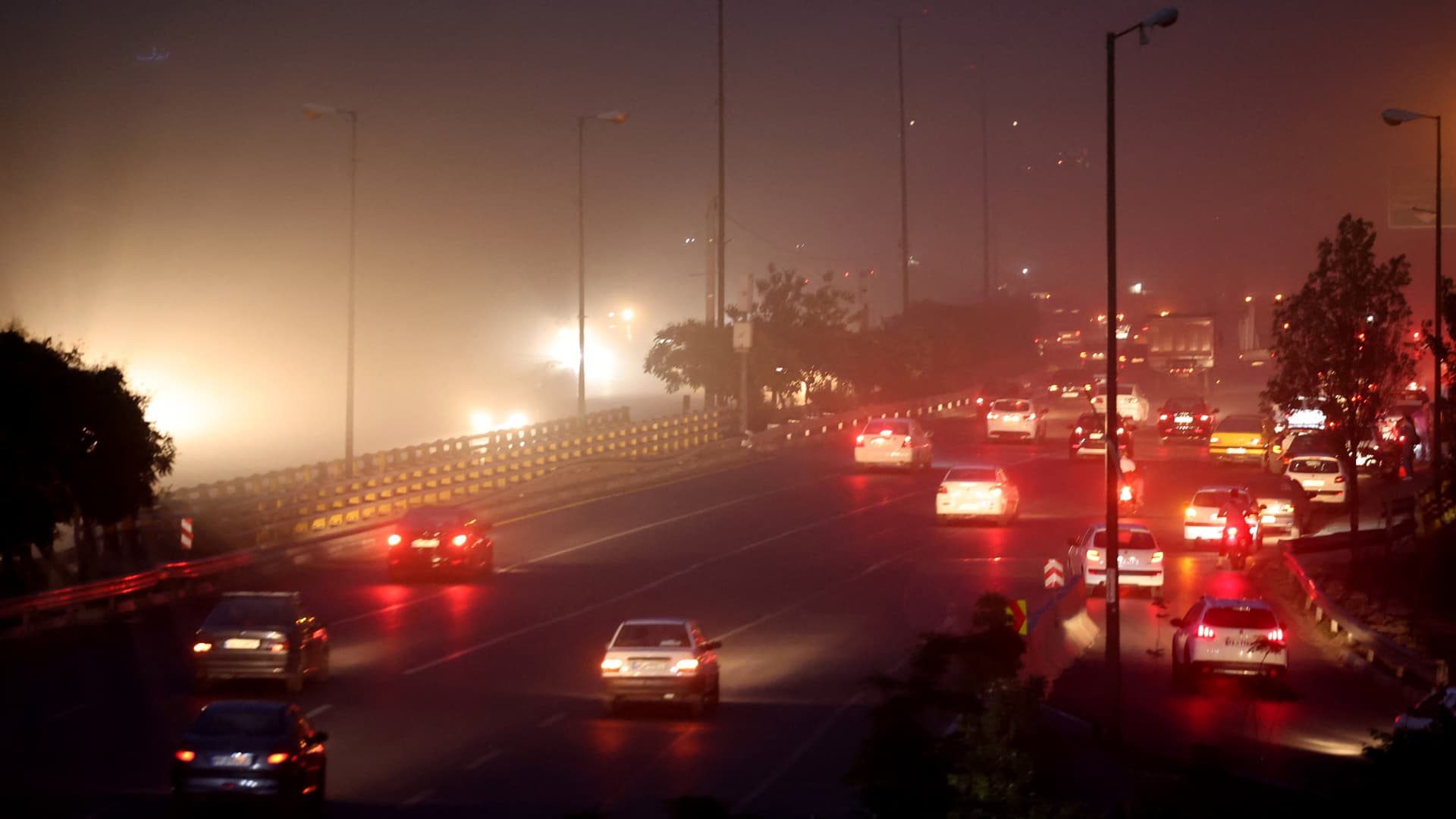Iran and Israel have once again entered a dangerous cycle of military retaliation, with recent events marking one of the most serious escalations in their long-standing conflict. The immediate trigger was a series of Israeli airstrikes targeting Iranian nuclear and military sites, causing significant casualties and damage. In response, Iran deployed an unprecedented swarm of over 100 drones toward Israeli territory, signaling a heightened level of confrontation with regional and global implications.
Escalation of Hostilities: Overview of Recent Attacks
In the early hours following Israel’s comprehensive overnight missile strikes on Iranian soil, Iran launched more than 100 drones towards Israel. These attacks appear to be a direct retaliation for Israel’s targeted strikes on Iranian nuclear facilities, which Israeli officials described as a pre-emptive action to halt Iran’s nuclear ambitions. The strike was reportedly the most significant Israeli assault on Iran since the Iran-Iraq war in the 1980s, involving dozens of air raids and over 330 munitions deployed against more than 100 Iranian targets.
Iran’s retaliation via drones marks a shift toward using unmanned aerial vehicles en masse to probe and penetrate Israeli defenses. Israeli military spokespeople confirmed their defense systems were actively engaging these drones, shooting many down to protect civilian and strategic targets. Despite Israel’s advanced countermeasures, the sheer volume of drones suggests a new dimension of warfare, focusing on saturation attacks that could overwhelm conventional defenses.
Strategic Implications of Drone Warfare
The use of over 100 drones in a coordinated attack reflects Iran’s evolving military doctrine, likely aimed at testing and exploiting gaps in Israel’s air defense systems. Drone swarms can carry out reconnaissance, electronic warfare, or deliver explosives, creating both tactical and psychological impacts. This deployment underscores a trend seen globally, where conflicts increasingly incorporate drone technology as a force multiplier.
Moreover, Iran’s adoption of large-scale drone assaults signals a willingness to escalate risks while avoiding the more immediate casualties and risks of conventional missile volleys or troop deployments. For Israel, this presents a complex challenge: defending against a barrage of inexpensive, agile drones while maintaining precision strike capabilities for further attacks on Iranian assets.
Regional and Global Repercussions
The Israel-Iran conflict does not exist in isolation; it influences regional stability and global markets, particularly energy prices. The airstrikes and subsequent drone launches have rattled markets, causing temporary rises in oil prices due to fears of supply disruptions in the Middle East. Furthermore, these confrontations increase volatility around vital maritime trade routes and could provoke responses from Iran-aligned militant groups in neighboring countries, potentially broadening the conflict.
Diplomatic efforts by regional actors such as Türkiye and others calling for de-escalation highlight the precariousness of the situation. At the same time, global power players closely monitor the clashes, mindful of the potential for proxy expansions or direct interventions that could further destabilize the region.
Tactical and Military Perspectives on the Current Clash
From a military standpoint, Israel’s preemptive strikes were calculated to degrade Iran’s nuclear development capabilities by destroying critical sites and neutralizing key military personnel. Such actions are designed to buy time and prevent Iran from reaching perceived nuclear weapons thresholds. However, the intensity and scale of Iran’s drone response reveal Tehran’s preparedness to absorb losses and retaliate aggressively.
Israeli defense officials report massive deployments of fighter jets and air defense systems actively engaging Iranian drones, underscoring the scale and complexity of modern air defense in the face of high-volume, low-cost aerial threats. The conflict thus embodies the evolving challenge of countering hybrid warfare tactics where drones, missiles, cyber tools, and proxy groups intermesh.
The Brink of Open War: What Lies Ahead?
The latest drone attack and Israeli airstrikes bring both countries perilously close to open war. Iran’s Supreme Leader has vowed revenge and warned of harsher responses if Israeli aggression continues, suggesting this may not be a one-time retaliation but part of a broader, unfolding military campaign.
Both Israel and Iran now stand at a crossroads, where any further escalation risks drawing in wider regional actors and devastating civilian populations on both sides. The repeated strikes on sensitive facilities and large-scale drone attacks signify a potential shift from covert and proxy conflicts to more explicit state-on-state confrontation.
Conclusion: Navigating a New Phase of Regional Conflict
The recent exchanges between Iran and Israel represent a critical juncture in Middle Eastern geopolitics. The viral deployment of over 100 drones by Iran in response to Israel’s unprecedented airstrikes signals an escalation into high-tech, large-scale asymmetric warfare with profound regional and international consequences.
This phase highlights the fragility of the status quo and the immense dangers posed by modern military technologies when combined with deeply entrenched geopolitical rivalries. As both nations weigh their next moves, the world watches a tense drama that could redefine conflict dynamics in the region for years to come, demanding careful observation and strategic prudence from all involved parties.





